No Longer in Sydney’s Shadow
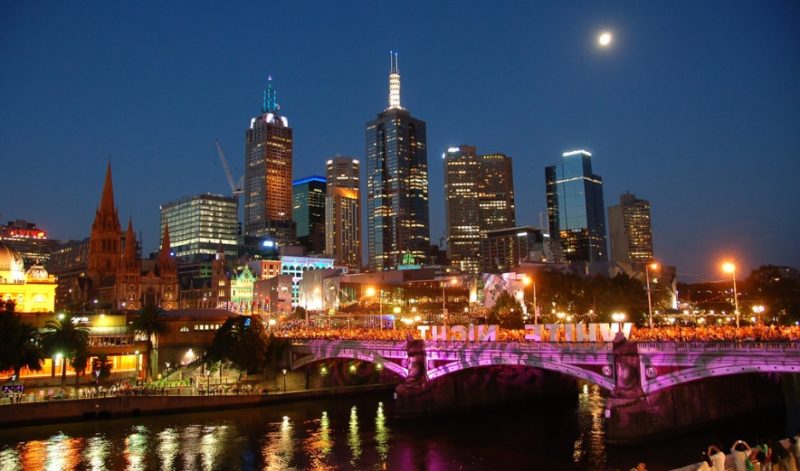
Sydney has always been Australia’s glamorous darling, with its iconic opera house, harbor-spanning bridge, busy water traffic, and long sandy swaths of beaches a breezy ferry ride away. It is a stunningly beautiful city with a botanical garden that sprawls along endless waterfront, commonly used as a welcoming spot to recuperate from long-haul flights from the US before continuing on to the Great Barrier Reef to the north, or Melbourne 440 miles (90 minutes by air and some 10 hours by road) to the south.
The arch rivalry between Sydney and Melbourne is at the heart of a long ongoing debate about which city wins Down Under’s popularity contest.
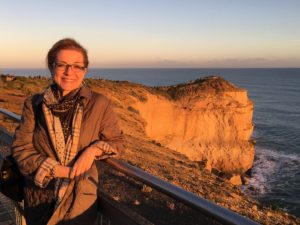 Sydney, they’ll remind you, is stylish, wall-to-wall gorgeous, and with better weather—often compared to L.A.—while Melbourne is fashionable in a gritty-chic way, exudes a “cool” factor, but with less pleasant weather—and is sometimes compared to San Francisco, with a dash of NYC or even Portland. Both are large, vibrant, quintessentially Aussie with a multicultural vibe and a great food scene.
Sydney, they’ll remind you, is stylish, wall-to-wall gorgeous, and with better weather—often compared to L.A.—while Melbourne is fashionable in a gritty-chic way, exudes a “cool” factor, but with less pleasant weather—and is sometimes compared to San Francisco, with a dash of NYC or even Portland. Both are large, vibrant, quintessentially Aussie with a multicultural vibe and a great food scene.
The truth is, I love them both and relish the fact that they each have their distinctive personalities, otherwise how boring would a visit to Oz be?
Sitting near the Yarra River, Melbourne is the capital of the southeast state of Victoria, the country’s most densely-populated area. Although second to Sydney’s population of just over 5 million, representing some 20% of the country’s people, Melbourne proudly holds the role of Australia’s cultural capital. It is also the country’s sports capital—Melbournians are mad about AFL football aka Aussie Rules footy, cricket, horseracing, grand-slam tennis, and Formula One. It is world renowned for its bohemian vibe, music scene, and edgy street art, much of it found in the many cobbled bluestone laneways—by some counts over 200 of them.
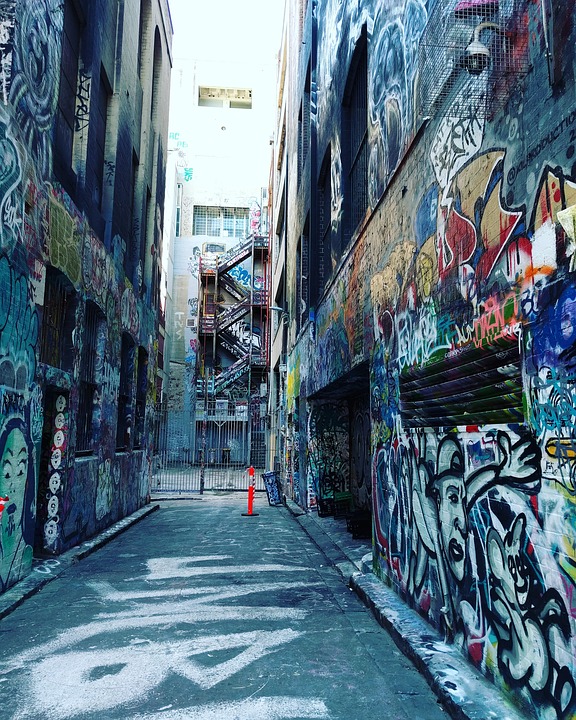
Much of the city’s quirky character resides in the narrow laneways found off the City Centre’s practical grid: Not long ago they were dark desolate no-go alleyways that have recently undergone a dramatic transformation—the city’s street art and constantly changing graffiti murals regularly attract foreign journalists and TV crews. And then there are the elegant 19th century covered arcades such as the Parisian-style Royal Arcade, Melbourne’s oldest, or the Block Arcade, a smaller version of Milan’s covered Galleria Vittorio Emanuele. Frankly, I would have missed most of these highlights had I not spent an illuminating day with aptly named Hidden Secrets Tours.
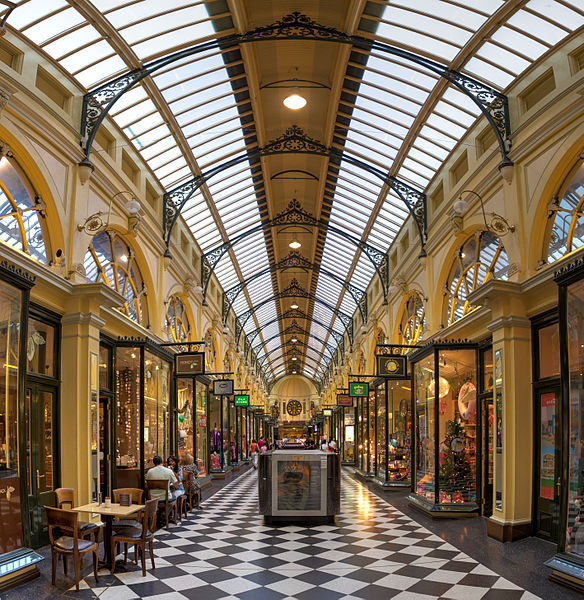
In fact, Melbourne has the largest number of protected heritage buildings in the country, many built during the city’s gold-rush boom that began just years after that of California. An infusion of gold-era funds helped build the country’s first art museum, the National Gallery of Victoria (NGV). Streams of immigrants continued to arrive looking for work, in particular the Italians and Greeks whose communities were some of the largest outside of Europe. Their deep-rooted culinary traditions would help shape the city’s love of good food and excellent coffee—Melbourne’s highly developed coffee culture today (much of it roasted here) has earned the city the reputation of one of the world’s most coffee-smitten destinations. As one of the most culturally diverse cities anywhere, it can thank its 200 nationalities for influencing a vibrant, exciting, and always evolving food scene.
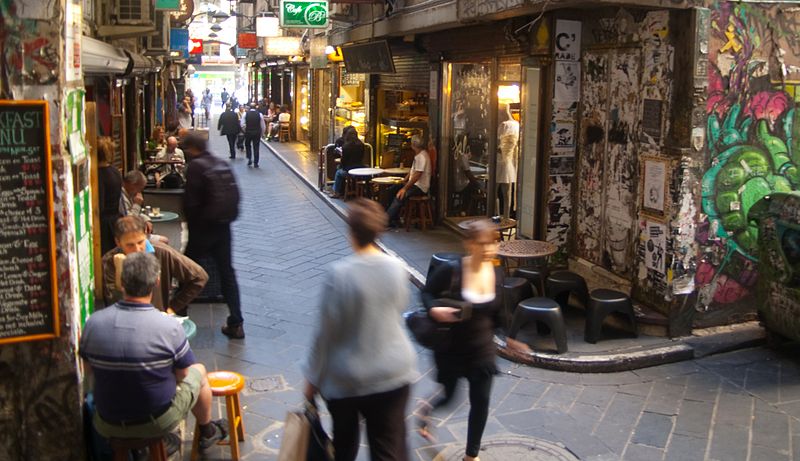
Escape the city’s traffic and trams and slip into any of these pedestrian laneways where you’ll find restaurants, bars, and coffee houses—most small, quirky, and often hidden (sometimes surprising even the locals)—that range from holes-in-the-wall to unpretentiously sleek and well frequented. Food venues now outnumber shops, with a new café, coffee house, or restaurant opening every week.
Melbourne’s love of all things food-related extends to Queen Victoria Market. With more than 700 stalls spread across 17 acres, it is said to be the largest in the Southern Hemisphere. The historic “Queen Vic” boasts a vast array of clothes and crafts, to jewelry and housewares. But it is undoubtedly the market’s extraordinary range of food stalls that is the big draw. Enjoy an impromptu snack or dinner purchased from those selling prepared foods and specialties (everything from grilled bratwurst to made-on-the-spot jam-filled doughnuts) at any of the outdoor tables often while serenaded by live music. It is a fun and delicious scene and the people watching doesn’t get any better.
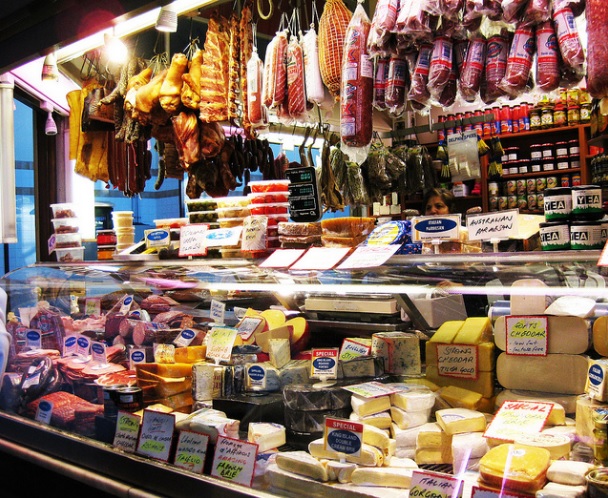
Although urban attractions abound, Melbourne is also important as the launch point for the Great Ocean Road, Australia’s most inviting drive, known for 150 miles of end-of-the-earth beauty. Done as either a (long) day trip by car or organized tour, or ideally enjoyed as a multiple-day foray along the island’s southernmost coastline (those more energetic can join an organized inn-to-inn trek), it is a scenic cliff-hugging road trip often compared to California’s Pacific Coast Highway. It officially begins in Torquay, a surf-famous seaside town about 60 miles southwest of Melbourne, and follows southern Victoria’s eroded coastline, known as the Surf Coast, from Torquay to Cape Otway and the Shipwreck Coast beyond.
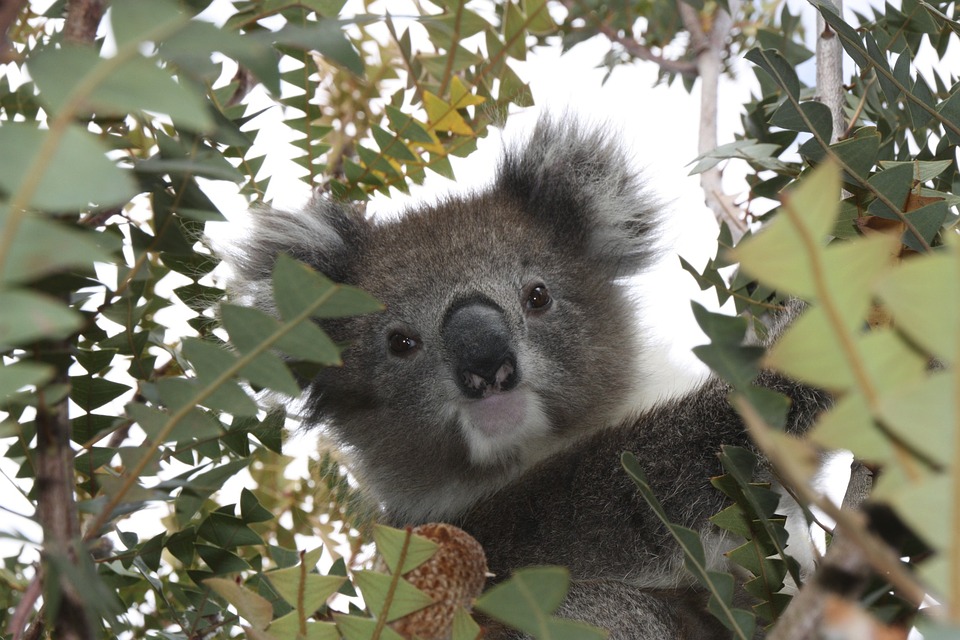
It’s almost impossible not to pull over around every bend to photograph or visit surf-famous Bells Beach and other kick-back towns, Victorian hotels (once accessible only by sea), 19th-century lighthouses, eucalyptus tree clusters perfect for spotting munching koalas, elevated boardwalks through dense Jurassic-like rainforests, and al fresco eateries where your fresh locavore lunch might include whale-watching from your table if you visit June through October.
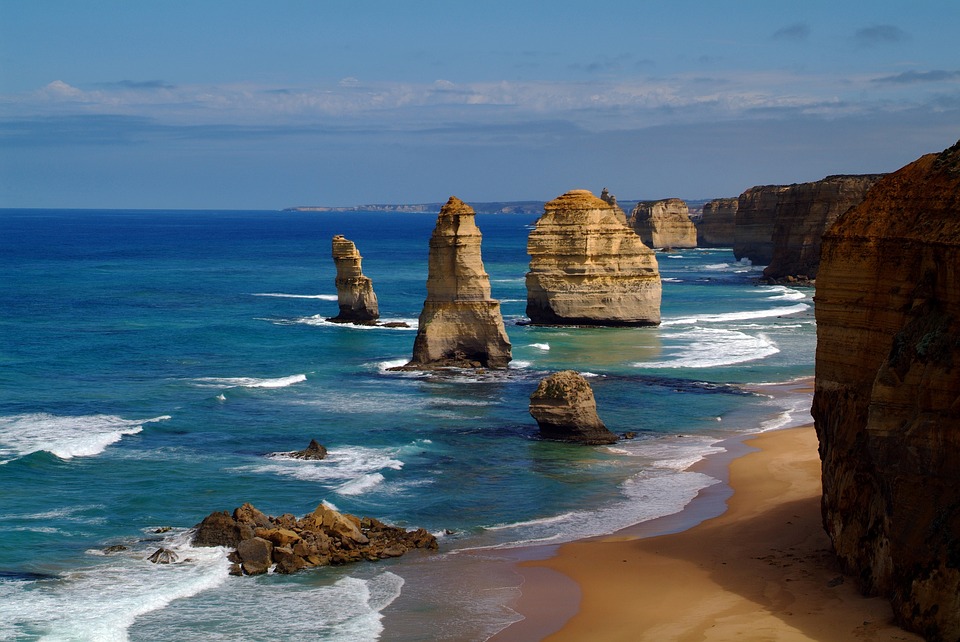
The worth-every-hairpin-turn prize near the end of this rugged and windswept coastline drive is the world-famous limestone sea stacks called the 12 Apostles (there are only 8 left standing). The iconic landmarks that everyone comes to see, they rise out of the churning ocean and are most breathtaking at sunset. This means, if need be, you can fill your memory and memory cards with those must-keep images—and still make the 3.5 hour trip back to your Melbourne hotel on an alternative interior highway, capping off a long but wonderful day.
And don’t forget to check out the book!
 About the Book:
About the Book:
The world’s bestselling travel book is back in a more informative, more experiential, more budget-friendly full-color edition. A #1 New York Times bestseller, 1,000 Places reinvented the idea of travel book as both wish list and practical guide. As Newsweek wrote, it “tells you what’s beautiful, what’s fun, and what’s just unforgettable—everywhere on earth.” And now the best is better. There are 600 full-color photographs. Over 200 entirely new entries, including visits to 28 countries like Lebanon, Croatia, Estonia, and Nicaragua, that were not in the original edition. There is an emphasis on experiences: an entry covers not just Positano or Ravello, but the full 30-mile stretch along the Amalfi Coast.
Every entry from the original edition has been readdressed, rewritten, and made fuller, with more suggestions for places to stay, restaurants to visit, and festivals to check out. And throughout, the book is more budget-conscious, with starred restaurants and historic hotels such as the Ritz, but also moderately priced gems that don’t compromise on atmosphere or charm.
The world is calling. Time to answer.
Buy the Book
Amazon | B&N | Indiebound | Workman

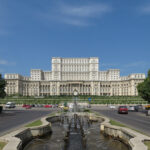
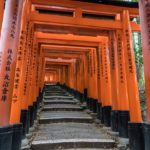
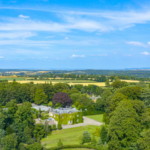
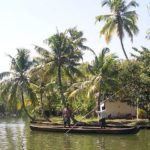
No Comments